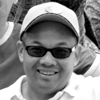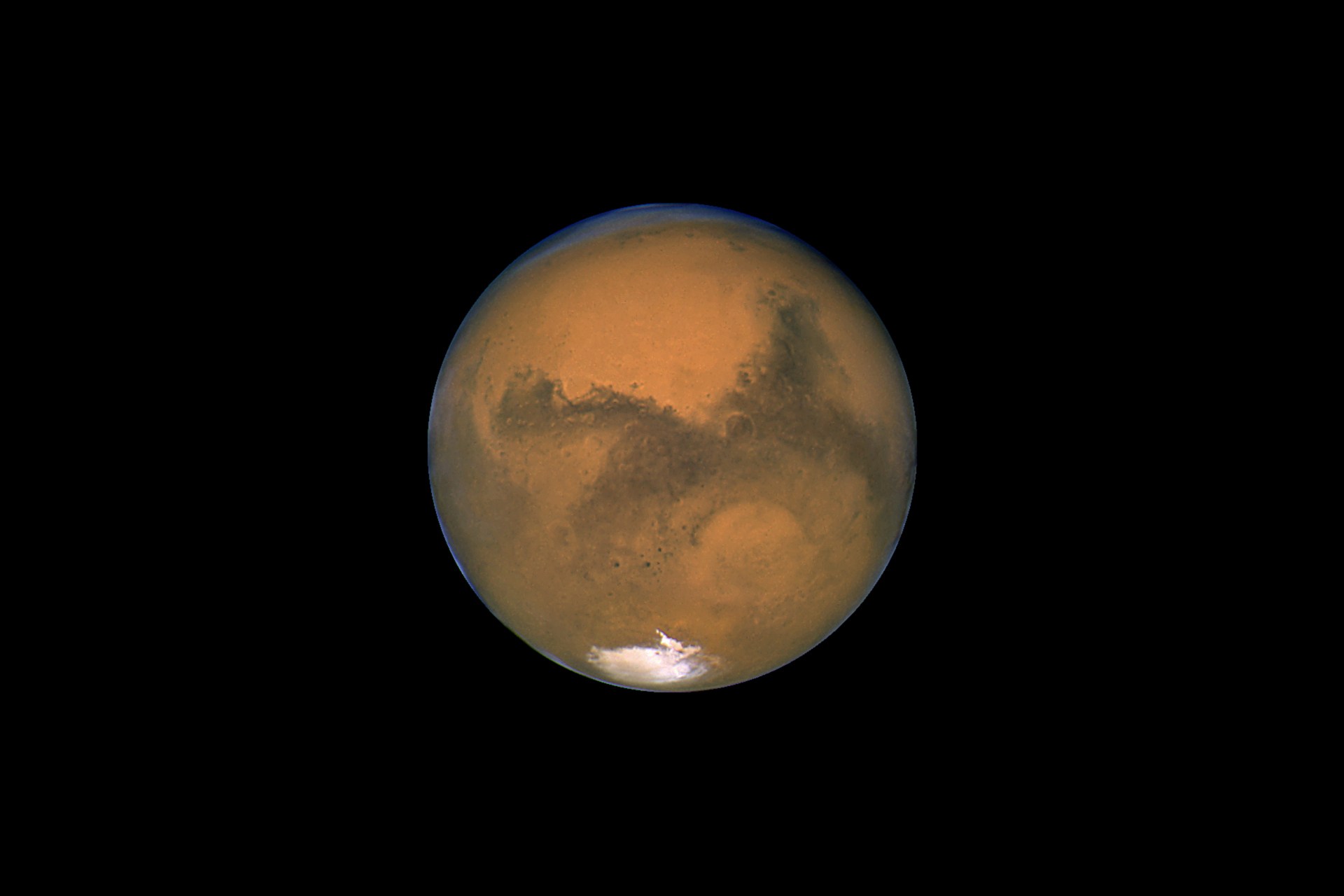
By Manson Yew
This article has been several years in the writing. Sure, part of the reason it took so long was lack of time; part of the reason was fear of putting words out there, though I had no problem talking about the NASA Engineering Network (NEN). I have done presentations about NEN at countless meetings, at all NASA centers, and at conferences here and abroad. I talked about the ability of NASA engineers to search for knowledge across three million documents in forty repositories, and about leveraging the official lessons learned from NASA’s past, including more than two hundred new lessons from the Space Shuttle program. I talked about the resources from the twenty-eight communities of practice representing core engineering disciplines. But I wanted to write a story for the ASK audience that would show readers how and why NEN worked.
I found that story at the NASA PM Challenge in February 2012, at a session titled “Building Communities of Engineers to Share Technical Expertise” and co-presented by Daria Topousis, NEN’s lead for the communities of practice task; Lorraine Fesq; and Rich Mrozinski. As these three wonderful presenters interacted at the podium with grace and trust, it occurred to me: the story was not just about the NASA Engineering Network. The story was about people: Daria at the Jet Propulsion Laboratory (JPL), Neil Dennehy at Goddard Space Flight Center, Dawn Schaible of the NASA Engineering Safety Center (NESC), Lorraine Fesq, Ed Strong, Michael Bell, and countless engineers, scientists, and managers who are working to make NASA better by building networks across distance, time, and disciplines.
The Origins of NEN
NEN started as the vision of Greg Robinson, NASA’s deputy chief engineer. When he first assembled the NASA Lessons Learned Steering Committee, he heard about all the different ways lessons learned were missed—perhaps due to time pressures or culture or a lack of information technology and knowledge management sophistication. He reached out to Pat Dunnington, then NASA’s chief information officer, who brought Jeanne Holm from JPL, a recognized expert in knowledge management, into the conversation. From the beginning, we knew that what was required was more than just an upgrade of the Lessons Learned Information System. In the shadow of the Columbia tragedy and the accident investigation board’s conclusion that NASA did not demonstrate the characteristics of a learning organization, the task had even greater importance. We felt that the solution required much more than tools at hand, more than discussion forums, wikis, search engines, lessons learned databases, and content management systems.
We learned to take a chapter from the past, when communities of shared practices would congregate in lunchrooms, at water coolers, and around common activities to share knowledge. The advent of technology had created a different way of doing business that allowed greater personal efficiencies at the expense of social interaction. What technology took away, technology could perhaps recreate. An online collaboration space for a specific discipline might help reestablish these crucial interactions, creating virtual watering holes where people could find knowledge and experts in their area of practice and interact with other practitioners.
The beginnings were rocky. Having observed many instances on the web of discussion boards where people sign up, ask questions, present problems, and have a community of people provide answers and feedback, we focused on discussion forums. We seeded the forums with questions, we presented trivia and challenges, we asked people to post. Nothing much happened.
Success
The work of Daria and Neil changed that. The Guidance, Navigation, and Control community of practice was one of the first communities on NEN and a source of experiments, lessons learned, successes, and failures in establishing a vibrant community. It represented a successful collaboration between NEN and NESC, an established knowledge base of technical specialists pulled from the ten NASA centers and from academicians and other industry partners external to the agency. Among his many roles in the NESC, Neil is the NASA technical fellow for guidance, navigation, and control (GN&C), and the lead of the GN&C community of practice. He was excited to have a virtual community that would reach out to all the practitioners, junior and senior, across NASA. Though Neil was a highly in-demand resource at NASA, a person whose voicemail would fill up within hours every morning, he committed to working with Daria to establish his community.
When trusted members of the group bring ideas, tools, or technologies they have tried, vetted, and can recommend, however, those technologies have a greater chance of being adopted.
She started with two requirements: a picture of Neil and a community charter. They worked together to establish the charter so that members understood the mission of the community (the picture was harder to come by). Neil recruited Ken Lebsock, his deputy, to work with the practitioners to collect key documents, standards, lessons learned, and best practices. They also published the “State of the Discipline.” The strategy was to create vibrant engagement among a small group of practitioners, and then slowly build the membership. The plan also recognized that there were different modes of engagement. There would be a core group, but there would also be lurkers and seekers who visited to see if they could find a solution to an immediate problem; there would be people interested in periodic messages and announcements and people who belonged in another discipline that is loosely coupled to GN&C. The collaboration tools, resources, and knowledge base were engineered so each type of member would find something that catered to their needs.
But perhaps the key ingredient of success was that Neil recognized that Daria was a part of the community, alongside the PhDs and branch chiefs. Her contribution was expertise in the practices and technologies of knowledge sharing. She participated in every teleconference for GN&C, listening for opportunities that would benefit the community as a whole if it were put up on NEN. She was invited to the annual GN&C face-to-face meeting. Kayaking with other members, catching lunch and dinner with them, and talking in the hallways during breaks, she heard suggestions for knowledge to share and was asked about improved capabilities. Community members collaborated with her on deciding what online tools would enable their work.
Her role as community facilitator evolved into the role of technology steward. Groups often resist new technologies that outside organizations try to get them to use; like the door-to-door vacuum cleaner salesmen of old, people selling tools are looked on with suspicion. When trusted members of the group bring ideas, tools, or technologies they have tried, vetted, and can recommend, however, those technologies have a greater chance of being adopted. With Daria as technology steward, the community tool set grew to include a vendor database, “Ask an Expert,” ratings, reading room, standards, and advanced search. Most recently, the community rolled out a monthly webcast produced and offered by the NESC Academy, covering such topics as “Fundamentals of Deep Space Mission Design” and “Space Situational Awareness.” NASA personnel can participate live or watch the webcasts online afterward.
But the community was not mainly about the tools and technologies; the most remarkable activities were people helping people. Recently, when a member used “Ask an Expert” to gather information about reaction-wheel failures, Neil surveyed his core team, then contacted an expert in the Mechanical Systems community of practice, and personally assembled the response. This led to other members providing input from their experience.
The story of the GN&C community teaches two essential lessons about what makes online communities successful:
- They work best when community members also meet and work together in person and regularly connect in various ways (for instance, through teleconferences).
- They need to be actively facilitated by people who understand the community and are trusted by its members.
The Autonomous Rendezvous and Docking Community
The GN&C community of practice grew from approximately fifteen members in the first year to nearly two hundred registered members, plus countless visitors. Recently, the lessons it offered about creating a successful community have been applied to the Autonomous Rendezvous and Docking (AR&D) community, whose formation Daria has supported. Accomplishing their work is helped by a synergistic blend of meeting face to face; sharing knowledge in person, online, and by telecon; and providing energetic, informed facilitation. Despite the challenges of limited budget and changing priorities, the community has grown to ninety-eight. The persistent knowledge that emerged from those interactions can be found on NEN, including the seminal white paper on AR&D, “A Proposed Strategy for the U.S. to Develop and Maintain a Mainstream Capability Suite (‘Warehouse’) for Automated/Autonomous Rendezvous and Docking in Low-Earth Orbit and Beyond.”
Since the early nineties, NASA had identified as a fundamental technology for all classes of future missions the ability for space assets to rendezvous and dock without human intervention. This technology requires the expertise of various sciences and disciplines, including guidance, navigation, software, sensors, flight, and aerosciences. No single mission could fund the complete suite of AR&D capabilities, and various missions that require AR&D have developed what their resources allowed, often trading long-term effectiveness for short-term capabilities. Despite these challenges, experts at NASA have continued to figure out ways to advance NASA’s capabilities. But 2009 saw perhaps their biggest setback, with the near simultaneous cancellation of the Space Shuttle and Constellation programs.
As they picked up the pieces of their work, the champions of AR&D assembled a team of experts at Johnson Space Center in the spring of 2010 to ensure that NASA would not lose its hard-earned AR&D expertise. The synergy exceeded expectations. Participants were energized by the new possibilities of working together as a community. But Neil understood that this commitment would not last long before the daily grind back at each person’s home center would dilute their enthusiasm. Having worked with Daria on the Guidance, Navigation, and Control community of practice, he invited her to join and facilitate this community’s development. Drawing on her expertise in the art of creating virtual communities, she led the group in formulating their charter, gathered key knowledge, helped members collaborate and share their plans, and established the AR&D community of practice on NEN. Though the experts dispersed to their various centers, they now had an online touchstone where they could continue their collaboration and knowledge sharing. The community was further invigorated by their work developing a coordinated flagship technology demonstration for AR&D, and the collaboration tools on the AR&D community of practice proved invaluable. They held a telecon at least monthly and shared their best technologies, practices, and theories toward developing the demonstration, and along the way used each other’s expertise to assist with other tasks and research at their centers.
In 2011, the flagship technology demonstration went away amid budget and strategy constraints, but the momentum of the community was not slowed. Now they met weekly. They uncovered opportunities to work together across centers and across projects; trust among participants allowed Langley Research Center, JPL, and Johnson to develop joint proposals and develop common sensors; Goddard offered their test bed for AR&D; others explored opportunities to collect data from existing missions to further AR&D; and Rich Mrozinski of Johnson led the writing of an AR&D strategy white paper that assembled NASA’s best practices and proposed a capability warehouse to ensure future efficiencies of their tool suite. When the Office of the Chief Technologist issued a new announcement of opportunity for AR&D, the community felt that NASA would be best served with a joint proposal from the community, not competing ones.
The story of AR&D at NASA continues to be written. The artifacts of their trust and collaboration, including the aforementioned white paper, can be found on NEN, but that’s just a small part of an amazing effort.
All forty engineering communities of practice on NEN have similar stories. Fault Management just held a workshop and is working to implement a new NASA standard and handbook on this critical discipline. The Structures community of practice has a thread of “Greybeards’ Advice for Young Engineers;” the Passive Thermal and Mechanical Systems communities have a cross-discipline discussion on piezo motors and actuators. NASA Deep Space Navigation holds monthly knowledge-sharing meetings. Program, Planning, and Control just came online after participants at the 2011 PM Challenge suggested it. And Daria or a member of her team continues to participate in the telecons with each community and to speak at face-to-face meetings, pushing people to continue sharing knowledge. Neil continues to shepherd the GN&C discipline as the NASA tech fellow.
Despite budget constraints, strategic course corrections, and any number of challenges our missions face on a regular basis, our engineers endeavor to come together and build the creative connections that contribute to solutions. I can honestly say that there is a seat at the table for anyone to contribute to our shared mission and shared future. Wherever one finds him or herself in their career at NASA, they are welcome in any of the communities on the NASA Engineering Network.
Note: This work was carried out at the Jet Propulsion Laboratory,California Institute of Technology, under a contract with the National Aeronautics and Space Administration. 2012 California Institute of Technology. Government sponsorship acknowledged.
Related Links
About the Author
 Manson Yew is the enterprise systems project manager at the Jet Propulsion Laboratory. Manson Yew is the enterprise systems project manager at the Jet Propulsion Laboratory. |








